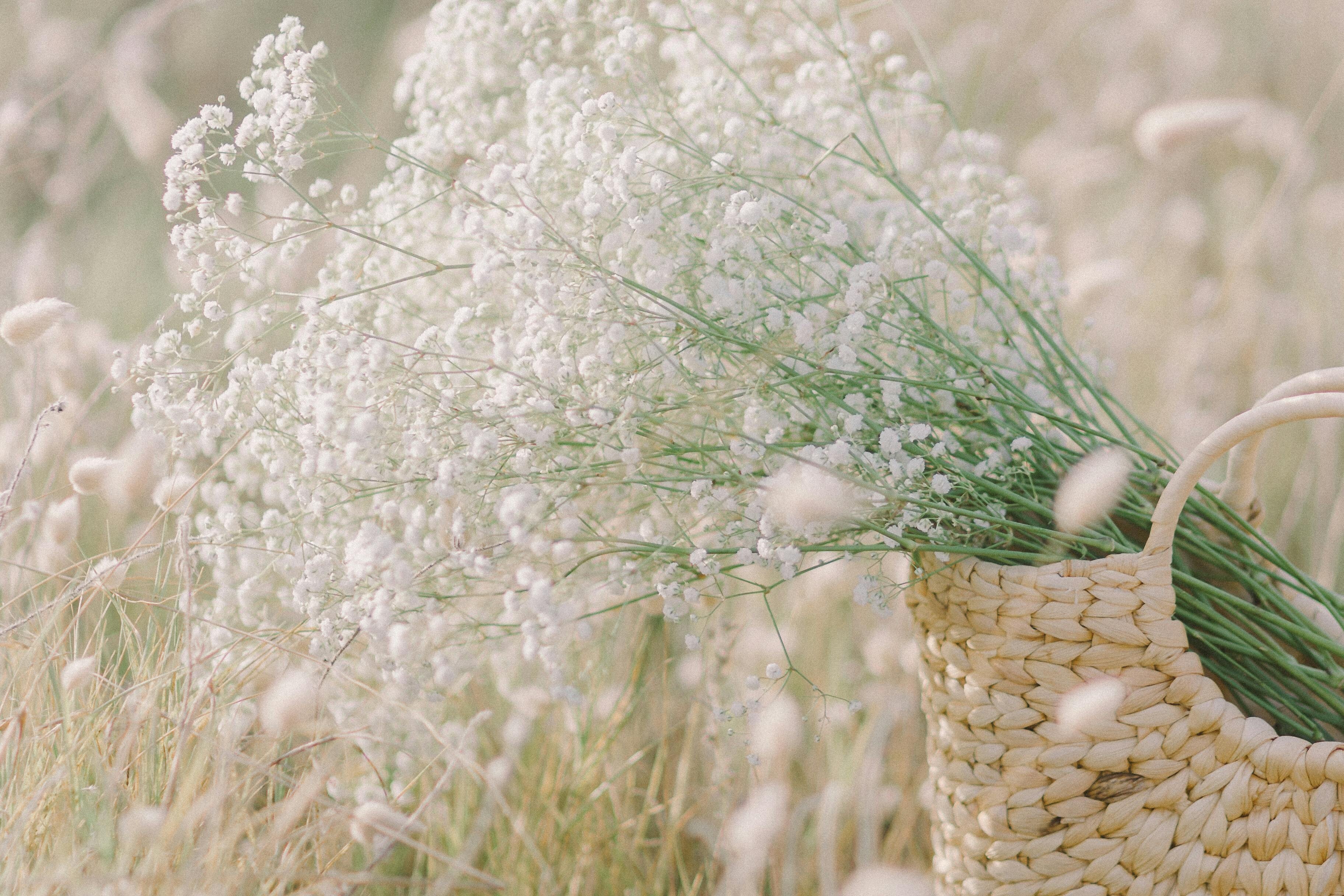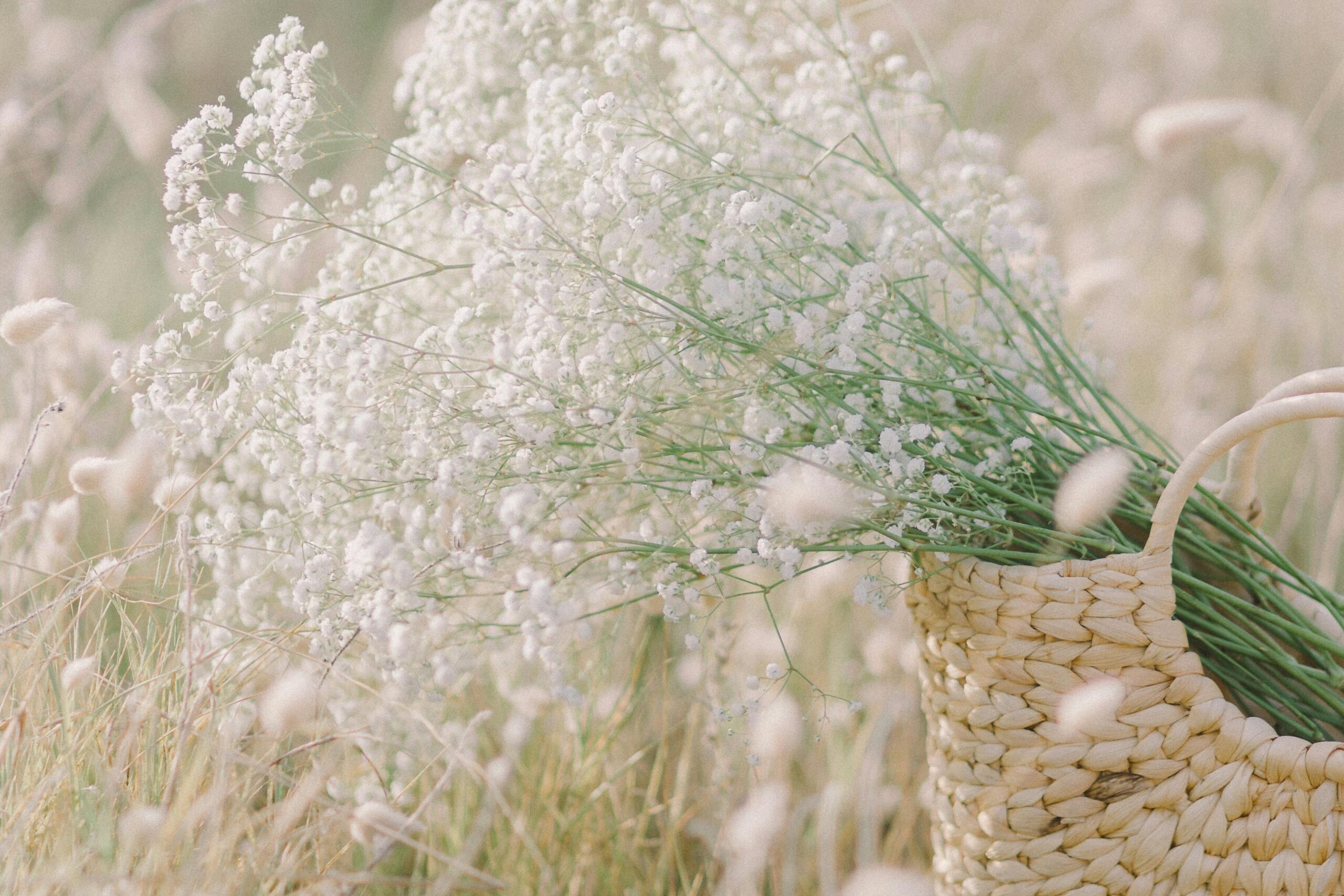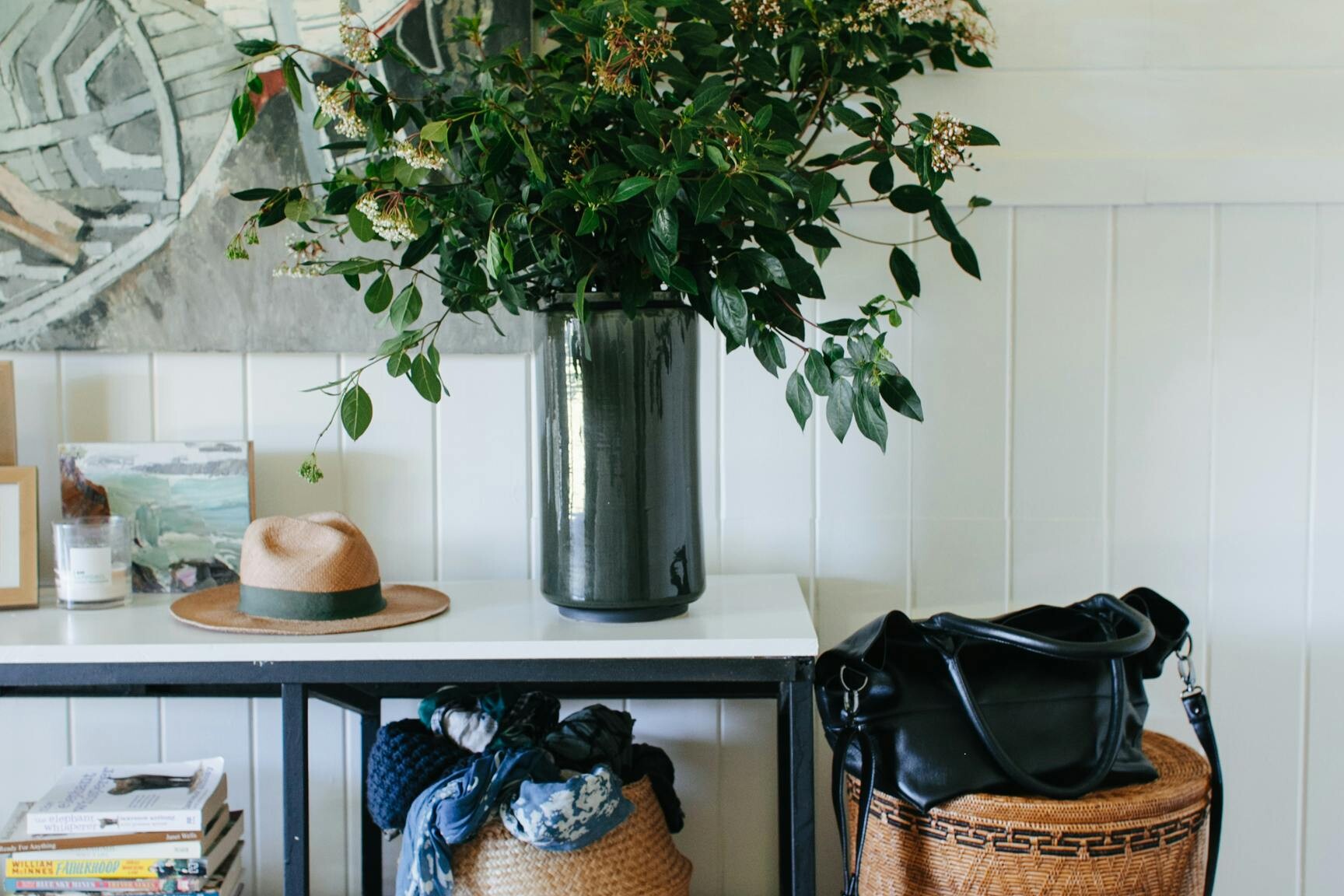Woven baskets are a timeless craft that combines functionality with artistic expression. Whether you’re a complete novice or looking to refine your skills, this guide will walk you through the basics of basket weaving, from selecting materials to mastering simple patterns. Basket weaving has been practiced for centuries across cultures, used for storage, carrying goods, and even as decorative pieces. Today, it remains a popular hobby for its meditative qualities and the satisfaction of creating something beautiful by hand.
To begin, you’ll need to gather the right materials. Traditional basket weaving often uses natural fibers like willow, reed, or rattan, which are flexible and durable. Willow, for example, is harvested from willow trees and soaked to make it pliable, while reed is a common choice for its availability and ease of use. Synthetic materials, such as plastic or paper-based cords, are also options for modern weavers, offering vibrant colors and weather resistance. When choosing materials, consider the basket’s purpose—sturdy reeds for heavy-duty baskets or softer fibers for decorative items. It’s essential to source high-quality materials to ensure your basket holds its shape over time.
Next, let’s talk about the essential tools for basket weaving. You don’t need a vast array of equipment to get started; a few basics will suffice. A good pair of sharp scissors or pruning shears is crucial for cutting materials to size. A bodkin or awl helps in creating holes and spacing weavers evenly, while a measuring tape ensures consistency in your work. For holding the basket in place, a simple clamp or a lap board can be helpful, especially for larger projects. If you’re using natural fibers, a bucket for soaking materials is a must to make them flexible. Remember, investing in quality tools can make the weaving process smoother and more enjoyable.
Now, onto the weaving techniques. The most common method for beginners is the “over-under” or plain weave, where you alternate weaving strands over and under the base spokes. Start by creating a base with an odd number of spokes radiating from a center point. Then, weave your weaver material in a circular pattern, pressing down each row to maintain tension. As you build up the sides, you can experiment with different patterns like twill or rib weaving for texture. It’s important to keep the tension even to avoid gaps or bulges; practice on small projects first to get a feel for the rhythm. Many weavers find that starting with a simple round basket is a great way to build confidence.

Once you’ve mastered the basics, you can explore simple patterns to add flair to your baskets. For instance, a checkerboard pattern involves alternating colors or materials in a grid-like fashion, while a spiral pattern creates a dynamic, swirling effect. You can also incorporate handles or lids for functional baskets. Don’t be afraid to make mistakes—each basket is a learning experience. As you progress, you might join weaving communities or take online classes to learn advanced techniques like dyeing fibers or creating intricate designs. Basket weaving is not just about the final product; it’s about the joy of the process and connecting with a rich cultural heritage.
In conclusion, woven basket making is an accessible and rewarding craft that anyone can enjoy. With the right materials, tools, and a bit of patience, you’ll be creating beautiful, handmade baskets in no time. Start with small projects, practice regularly, and soon you’ll be able to tackle more complex designs. Happy weaving!








Leave a Reply to WeaverTom Cancel reply